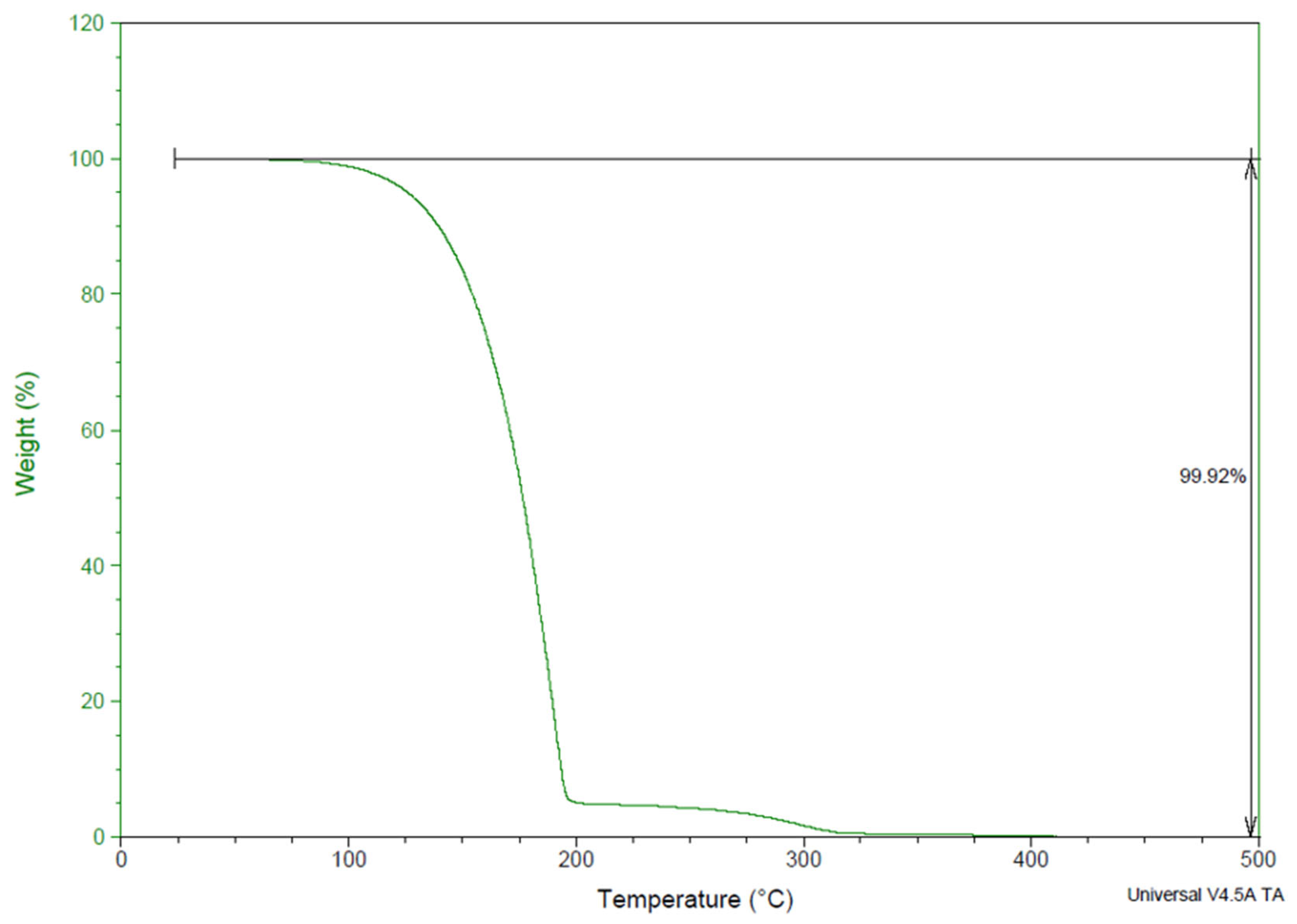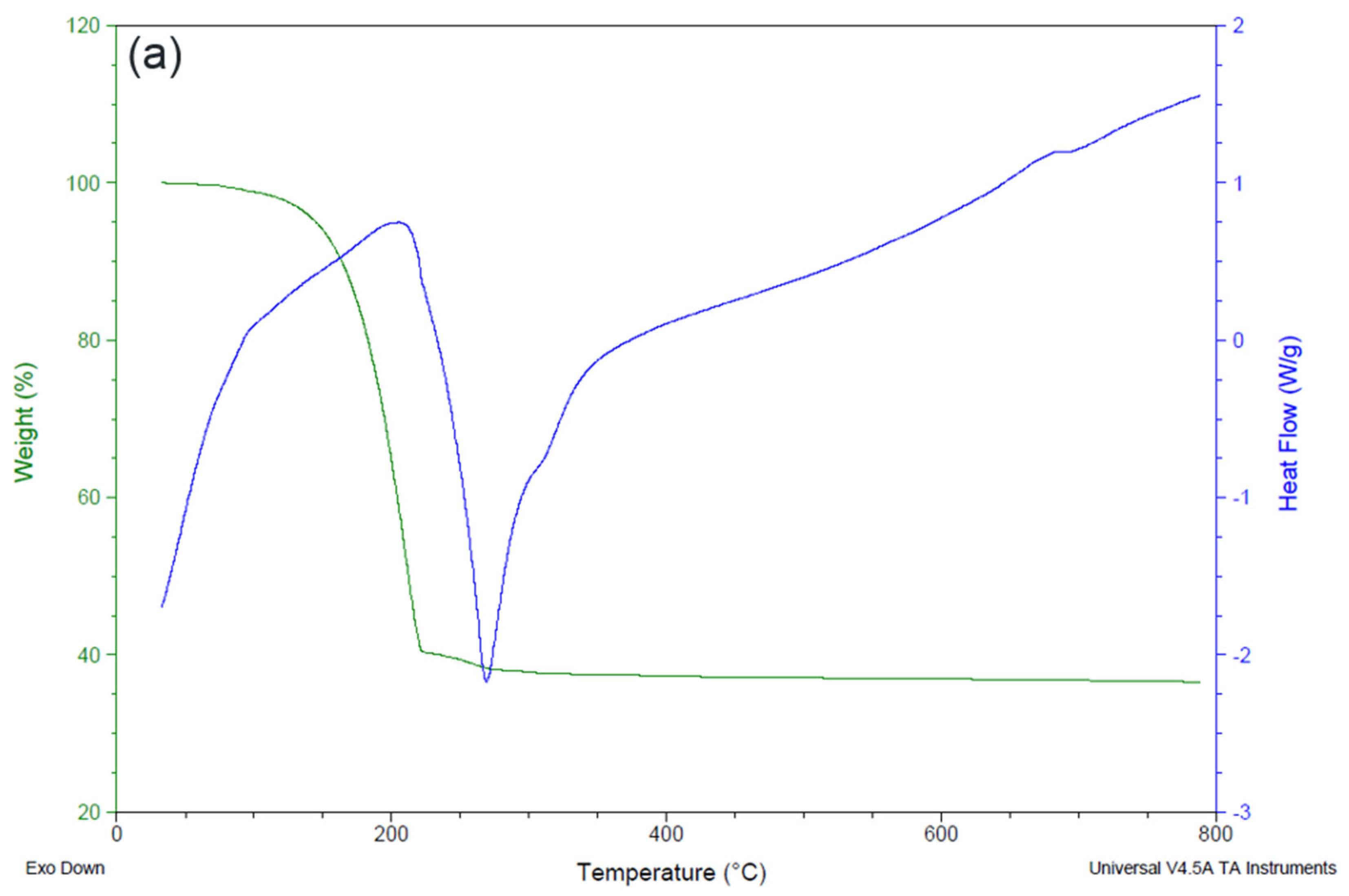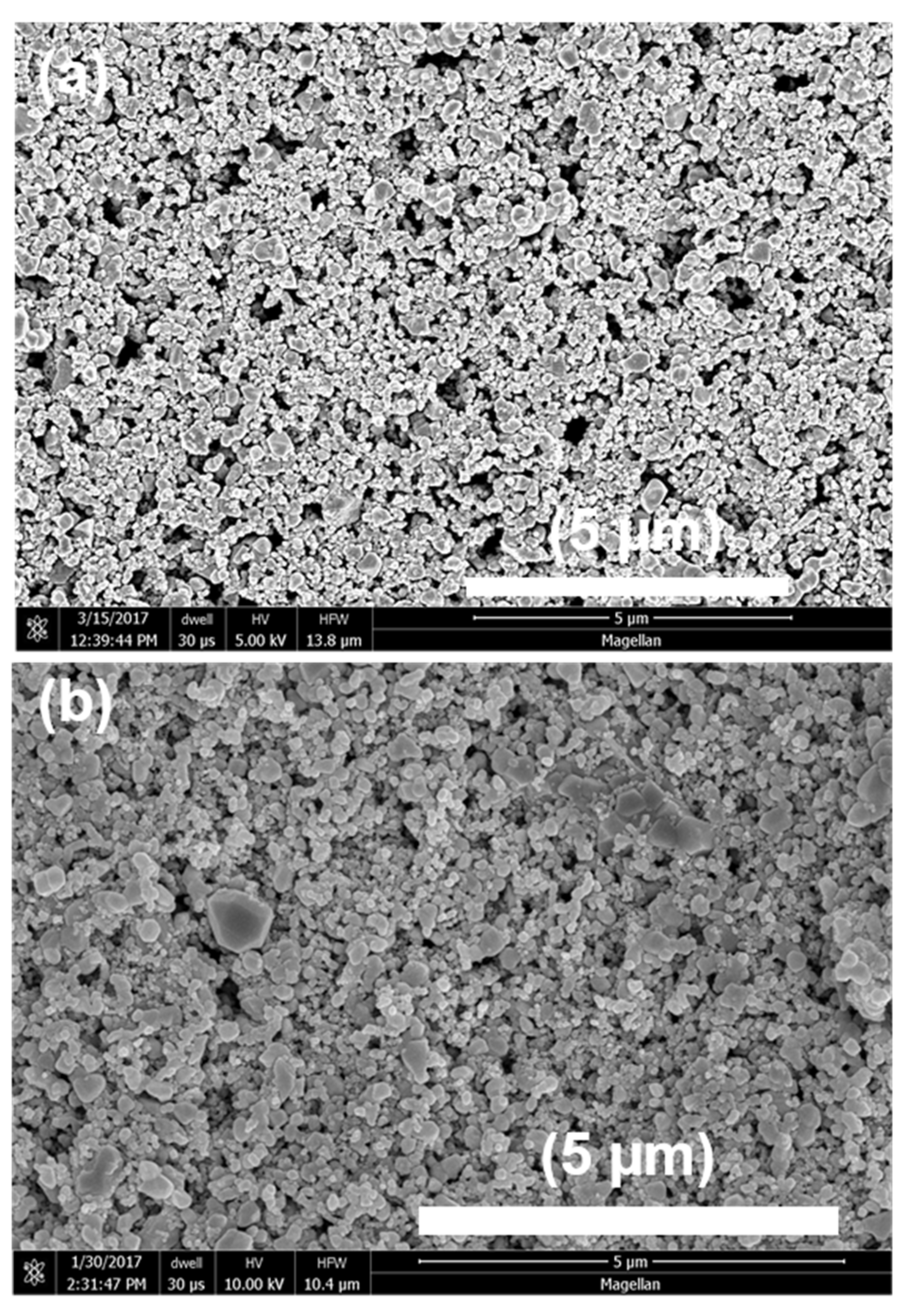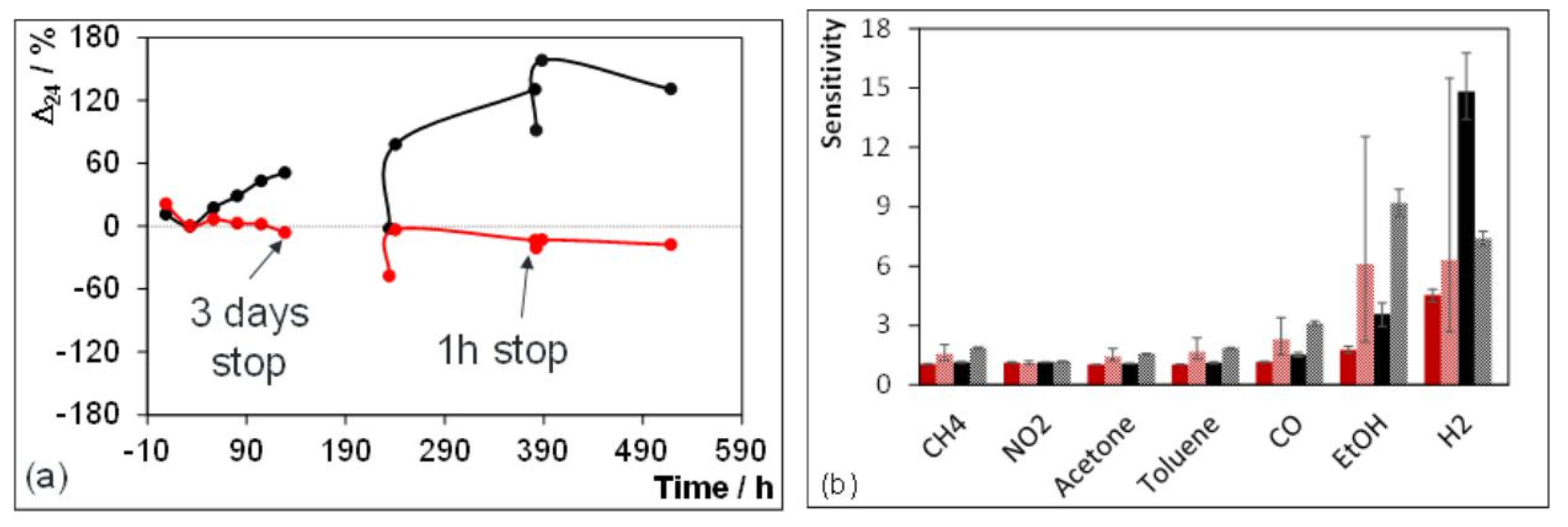Optimizing Paste Formulation for Improving the Performances of CMOS-Based MOx Chemiresistors Prepared by Ink-Jet Printing †
Abstract
:1. Introduction
2. Materials and Methods
3. Results and Discussion
4. Conclusions and Future Work
Author Contributions
Funding
Acknowledgments
Conflicts of Interest
References
- Park, C.O.; Akbar, S.A. Ceramics for chemical sensing. J. Mater. Sci. 2003, 38, 4611–4637. [Google Scholar] [CrossRef]
- Neri, G. First Fifty Years of Chemoresistive Gas Sensors. Chemosensors 2015, 3, 1–20. [Google Scholar] [CrossRef]
- Korotcenkov, G.; Cho, B.K. Engineering approaches for the improvement of conductometric gas sensor parameters Part 1. Improvement of sensor sensitivity and selectivity (short survey). Sens. Actuators B 2013, 188, 709–728. [Google Scholar] [CrossRef]
- Korotcenkov, G.; Cho, B.K. Engineering approaches for the improvement of conductometric gas sensor parameters Part 2. Decrease of dissipated (consumable) power and improvement stability and reliability. Sens. Actuators B 2014, 198, 316–341. [Google Scholar] [CrossRef]
- Santra, S.; De Luca, A.; Bhaumik, S.; Ali, S.Z.; Udrea, F.; Gardner, J.W.; Ray, S.K.; Guha, P.K. Dip pen nanolithography-deposited zinc oxide nanorods on a CMOS MEMS platform for ethanol sensing. RSC Adv. 2015, 5, 47609–47616. [Google Scholar] [CrossRef]
- CCS801 Gas Sensor Datasheet. Available online: https://ams.com/ccs801 (accessed on 23 November 2018).






 ) 720 °C and 500 °C (
) 720 °C and 500 °C (  ). The type of gas employed during the gas testing is indicated below the bars.
). The type of gas employed during the gas testing is indicated below the bars.
 ) 720 °C and 500 °C (
) 720 °C and 500 °C (  ). The type of gas employed during the gas testing is indicated below the bars.
). The type of gas employed during the gas testing is indicated below the bars.
Publisher’s Note: MDPI stays neutral with regard to jurisdictional claims in published maps and institutional affiliations. |
© 2018 by the authors. Licensee MDPI, Basel, Switzerland. This article is an open access article distributed under the terms and conditions of the Creative Commons Attribution (CC BY) license (https://creativecommons.org/licenses/by/4.0/).
Share and Cite
Zuliani, C.; Jerg, L.; Hart, A.; Simmendinger, W.; Camara, M.; Ali, Z. Optimizing Paste Formulation for Improving the Performances of CMOS-Based MOx Chemiresistors Prepared by Ink-Jet Printing. Proceedings 2018, 2, 774. https://doi.org/10.3390/proceedings2130774
Zuliani C, Jerg L, Hart A, Simmendinger W, Camara M, Ali Z. Optimizing Paste Formulation for Improving the Performances of CMOS-Based MOx Chemiresistors Prepared by Ink-Jet Printing. Proceedings. 2018; 2(13):774. https://doi.org/10.3390/proceedings2130774
Chicago/Turabian StyleZuliani, Claudio, Lisa Jerg, Alison Hart, Wolfram Simmendinger, Malick Camara, and Zeeshan Ali. 2018. "Optimizing Paste Formulation for Improving the Performances of CMOS-Based MOx Chemiresistors Prepared by Ink-Jet Printing" Proceedings 2, no. 13: 774. https://doi.org/10.3390/proceedings2130774
APA StyleZuliani, C., Jerg, L., Hart, A., Simmendinger, W., Camara, M., & Ali, Z. (2018). Optimizing Paste Formulation for Improving the Performances of CMOS-Based MOx Chemiresistors Prepared by Ink-Jet Printing. Proceedings, 2(13), 774. https://doi.org/10.3390/proceedings2130774



